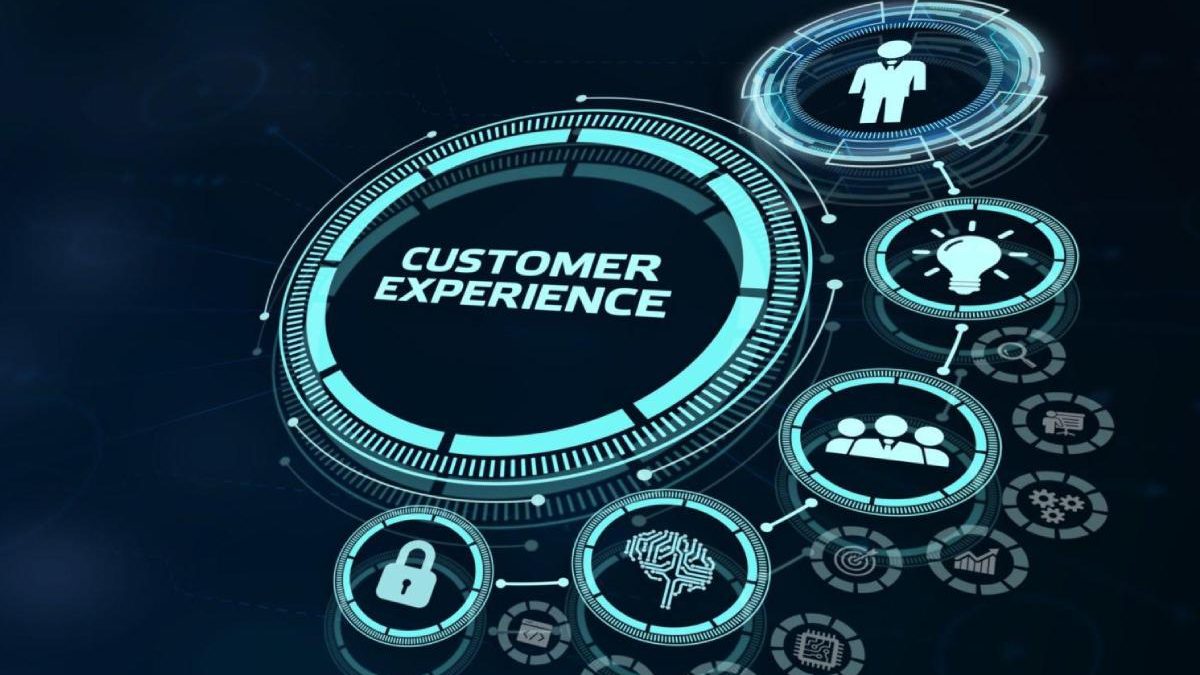How Contact Center Is Driving the Customer Experience? – Since the COVID-19 pandemic, the globe has adopted a digital-first attitude. This has meant that the contact center has become more crucial as customers’ needs evolve. Most customers expect to speak with a representative quickly upon contacting a business.
Consequently, the contact center remains a vital component of the consumer experience. Evidence supports this; calling and speaking with a representative is the most favored customer engagement method, and a satisfying experience can result in a purchase.
Therefore, it should be no surprise that businesses have realized that an excellent customer experience is essential to success.
The following part lists how contact centers are influencing the customer experience.
Table of Contents
1. Requesting client feedback
Before addressing any process issues in your contact center, you must first identify their existence. Identifying communication issues between customers and agents is the first step toward resolving the identified problems.
Perhaps the most effective method is to get client feedback. Collecting feedback from people will aid in identifying problems that need to be solved and make customers feel valued.
It can significantly improve customer experiences. With fierce competition in many industry sectors, it is essential to make it easier for customers to conduct business.
Organizations can seek assistance from leading service providers like Hexaware for a successful contact center transformation. These professionals optimize the contact center strategy through end-user experience, ensuring a superior customer service experience.
2. Understanding the customer
Not all customers that call your contact center have the same difficulties, concerns, or inquiries. Although you may have some information about the callers, such as their statistics and expectations, your agents may not understand much more about them. To improve the customer experience, it is beneficial for agents to have as much data about their clients as needed. Undoubtedly, customers often want agents to be familiar with their identities and previous encounters with the call center.
Contact centers offer customers what they desire by taking measures to learn more about them.
3. A properly trained agent improves the client experience
Contact center agents, like all other personnel, are adequately and wholly trained for their everyday tasks. They are better prepared to offer outstanding customer service to callers if they receive the proper training. The more proficient agents are at their jobs, the better the customer experience.
Agents who have received enough training are typically more at ease and assured in their positions, which leads to increased happiness and productivity. Good training consisting of initial onboarding and ongoing education often motivates agents to remain at their current assignments. This contributes to a more productive atmosphere that fosters enhanced customer experiences.
4. Knowing each aspect of the client experience
Normally, a consumer would call a client support service, be connected to the appropriate employee, and have their question handled in a perfect scenario. Unfortunately, this is not always the case. Because of the complexity of their concern or routing issues, specific consumers are subjected to a significantly lengthier process.
However, with contact centers, agents can interact with consumers according to their role in the customer’s journey, promoting a better favorable customer experience. For example, the experiences of new and established clients will differ. A consumer who has contacted the contact center multiple times will have helped the center collect detailed information regarding a particular issue. This will enable the agent to deliver a more tailored message, resulting in an improved client experience.
5. Reducing hold times
Extended hold times are among the most aggravating aspects of a customer’s experience while calling a contact center. Clients should be able to access a live agent as fast as necessary. Recent data indicates that roughly 60% of customers who believe they are on hold for too long will ultimately hang up. Such is not the outcome that customers or contact centers anticipate or desire. To combat this issue, contact centers implement omnichannel features that expedite call procedures. It allows clients to communicate with a call center in many ways while ensuring that workers utilize their time efficiently.
6. Simplifying the client experience
Customers have limited tolerance for the effort it takes to reach support specialists and receive answers to their questions or resolutions to their concerns. However, contact centers streamline communication to prevent customers from seeking superior alternatives elsewhere. Technology such as automatic callback, rapid customer assistance, and first-call resolution enhances the customer experience. These are some of how contact centers reduce consumer effort and increase customer happiness. Remember, not all of your consumers are similar. Nevertheless, by developing a client profile, contact center personnel visualize who they’re serving, better comprehend how to support each consumer, and eventually enhance the digital customer experience.
Final thoughts
Keeping consumers happy is a primary responsibility for any organization, as client satisfaction can make or break a company. This is particularly true for customer-oriented organizations. A contact center offers an exceptional customer experience, contributing to customer loyalty and the company’s overall performance.

